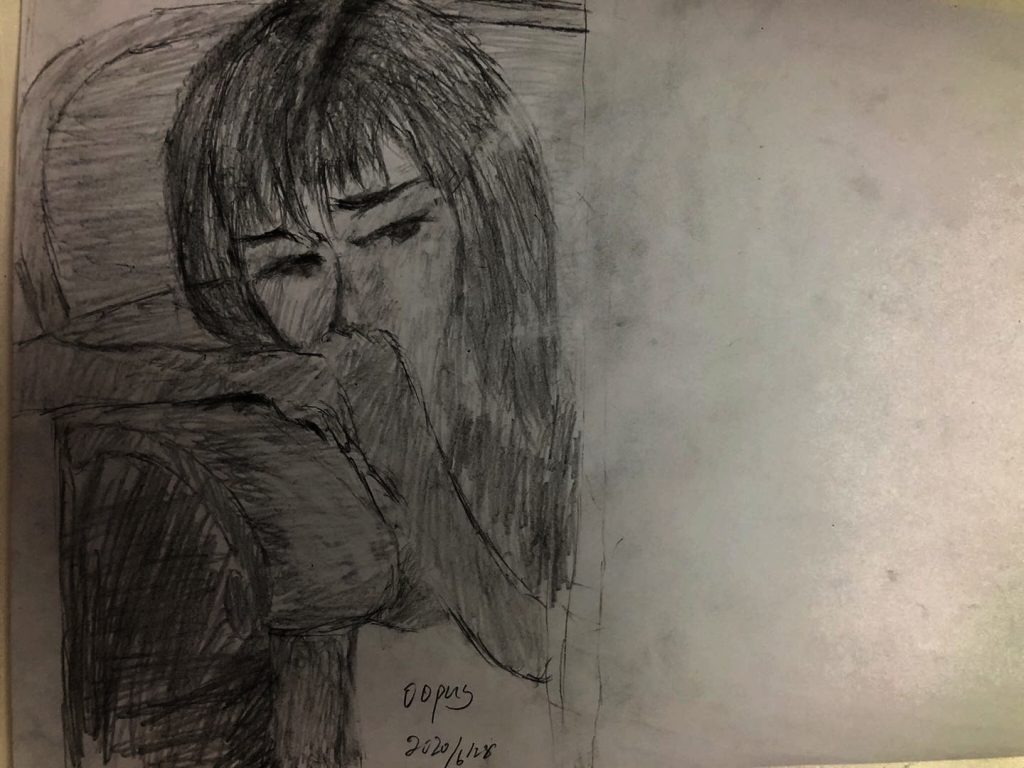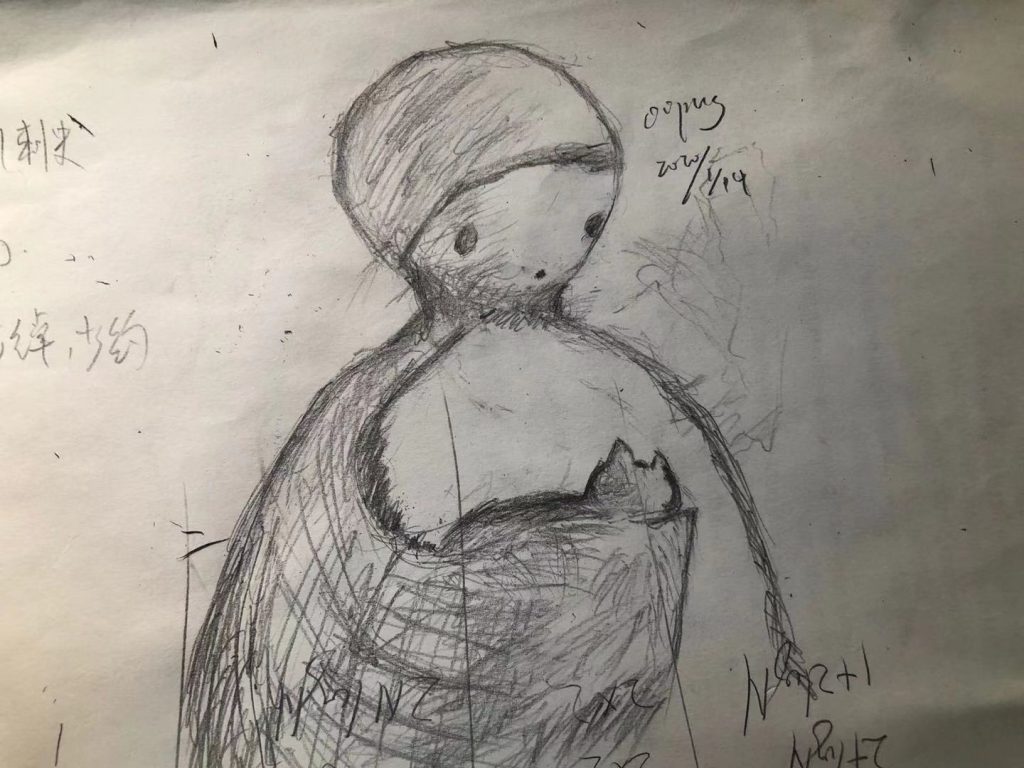I’m really a big fan of stable diffusion. In the past two days, during my free time after work, I tried ChatGPT (helps me to optimize my positive and negative prompts), stable diffusion (diffusion model. It can help me to create images by prompts), ControlNet canny (use designed lines to control the image output), Real-ESRGAN (convert image from low quality 512*512 to high quality 2048*2048), LoRA (highly efficient algorithm to train a model with limited training data), LaMa (remove some parts from an image that I don’t want), LDM(as left. Quality is a bit higher than LaMa, but speed is much slower than LaMa), and rembg (remove background for some elements that you want to add to your image) models to visualize my ideas. Finally, I got this piece “Human”. It exactly fits the concepts that I had imagined two days ago. Even several months ago, I can’t imagine that I am able to use all these models freely and without limitations, just on my laptop.











